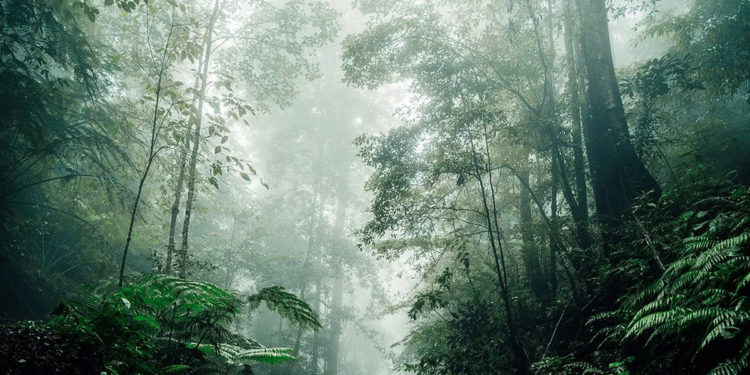Antarctic Rainforest
Futurism– Scientists have discovered amber in a sediment core recovered thousands of feet below the surface of the Antarctic, a baffling finding that could indicate the existence of an ancient temperate rainforest in the now-frozen region dating back to the Cretaceous Period around 90 million years ago.
In a new paper published in the journal Antarctic Science, a team led by Alfred Wegener Institute ice and climate history researcher Johann Klages detailed the “first discovery of Antarctic fossil resin.”
“So far, amber deposits have been described from every continent except Antarctica,” the paper reads.
The treasure, dubbed “Pine Island amber,” was recovered near the Amundsen Sea in western Antarctica.
“The analyzed amber fragments allow direct insights into environmental conditions that prevailed in West Antarctica 90 million years ago,” said Klages in a statement.
Hot Poles
In 2020, Klages and his colleagues published a paper in the journal Nature about temperate rainforests near the South Pole that may have flourished during the mid-Cretaceous period, “one of the warmest intervals of the past 140 million years.”
The warmth was primarily driven by unusually high atmospheric carbon dioxide levels. At the time, Klages and his team used sedimentary samples recovered from the West Antarctic shelf to suggest that temperate lowland rainforests may have existed as far south as the 82nd parallel south, well within the Antarctic Circle.
With its latest finding, the team is excited to put even more evidence behind the theory.
“This fascinating find also indicates in more detail how the forest we reconstructed in our Nature study from 2020 could have functioned,” Klages said in the statement. “It was very exciting to realize that at some point in their history, all seven continents had climatic conditions allowing resin-producing trees to survive.”
The recovered pieces of amber, which were tiny and only visible under fluorescence microscopy, also suggest that trees at the time were trying to seal damaged bark, suggesting the possibility of wildfires or parasite attacks.
“Our goal now is to learn more about the forest ecosystem — if it burns down, if we can find traces of life included in the amber,” he added. “This discovery allows a journey to the past in yet another more direct way.”
“Our discovery is another piece of the puzzle and will help us gain a better understanding of the swampy, conifer-rich, temperate rainforest environment identified near the South Pole during the mid-Cretaceous,” said coauthor and Saxon State Office for the Environment, Agriculture and Geology consultant Henny Gerschel in a statement.
Reports: Futurism




















